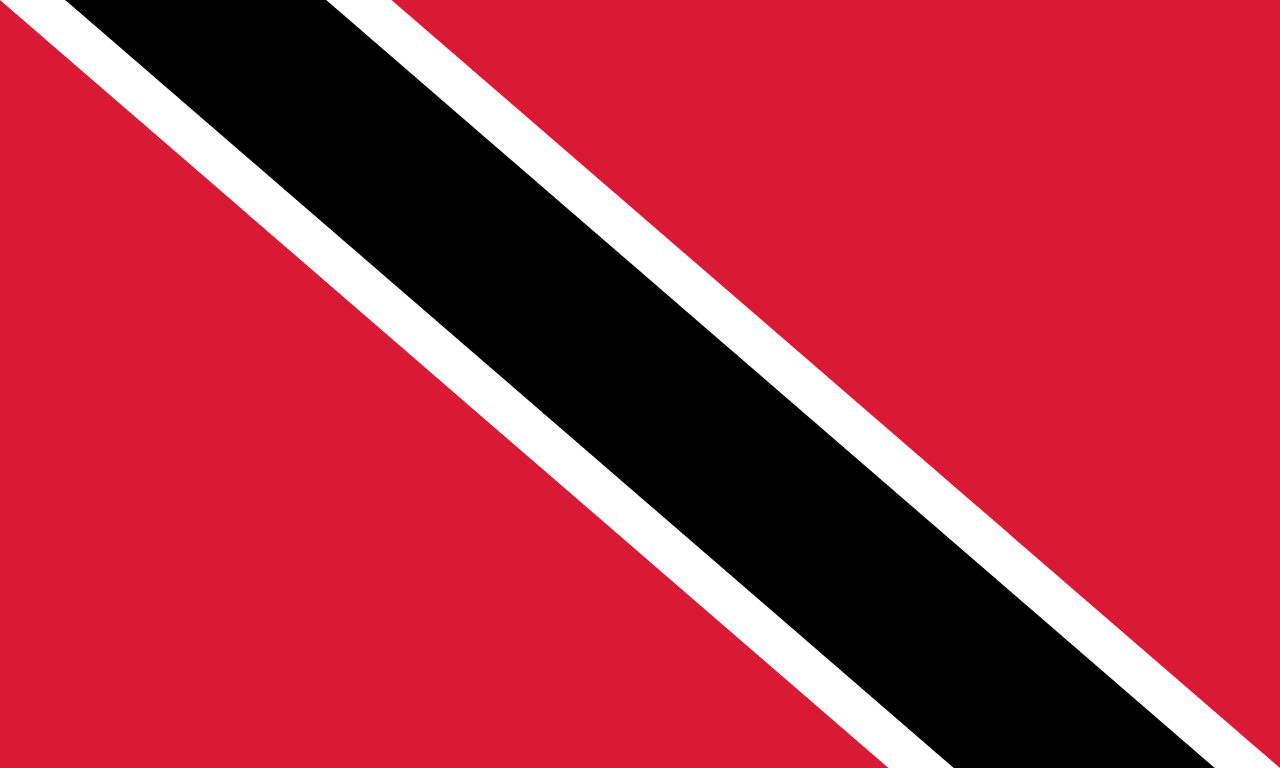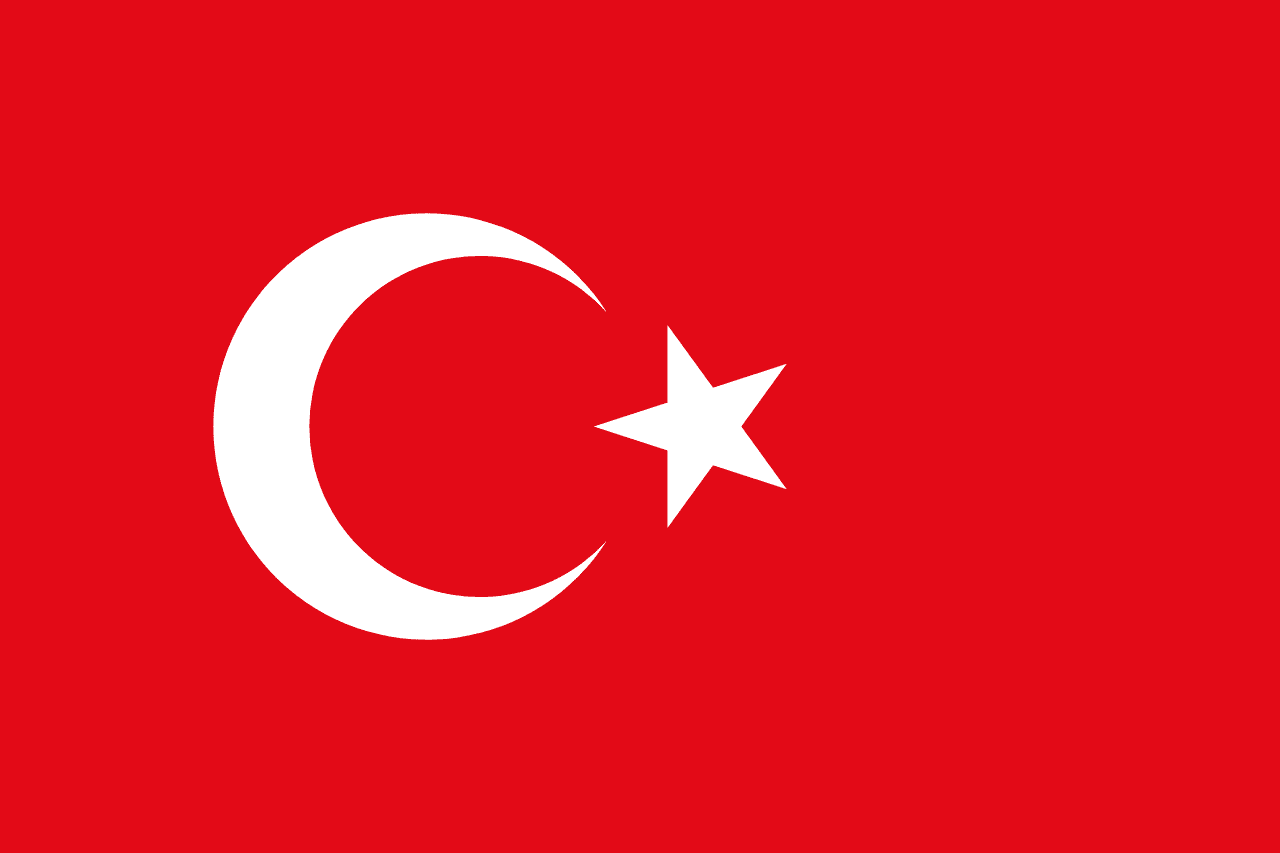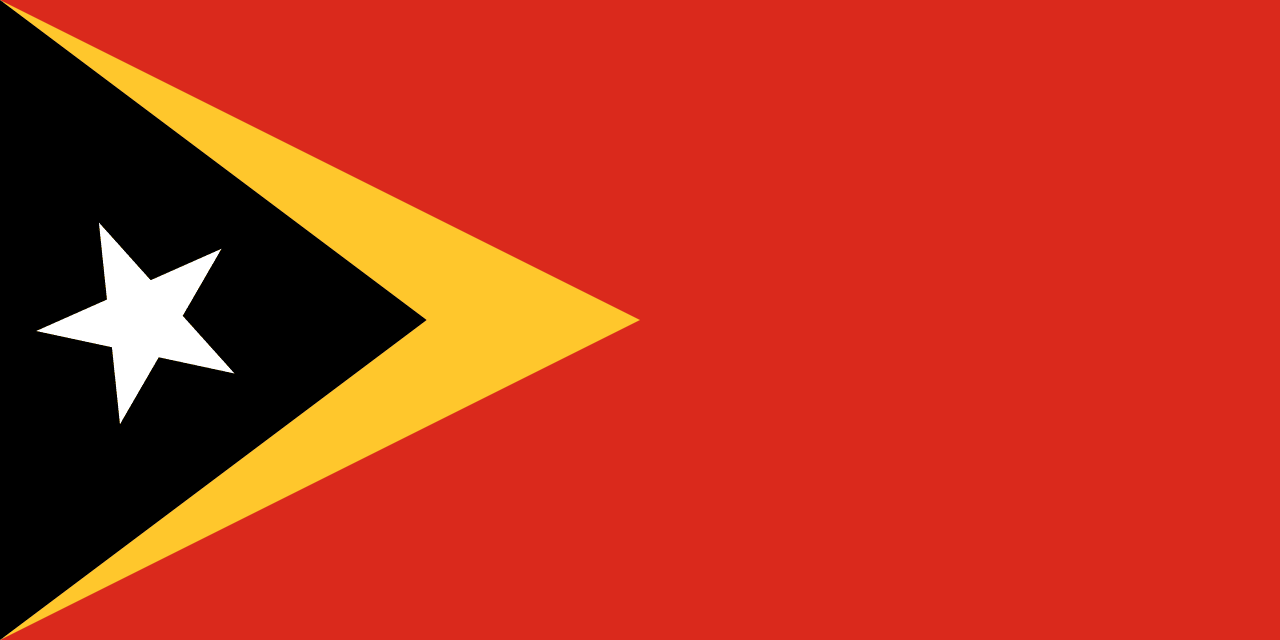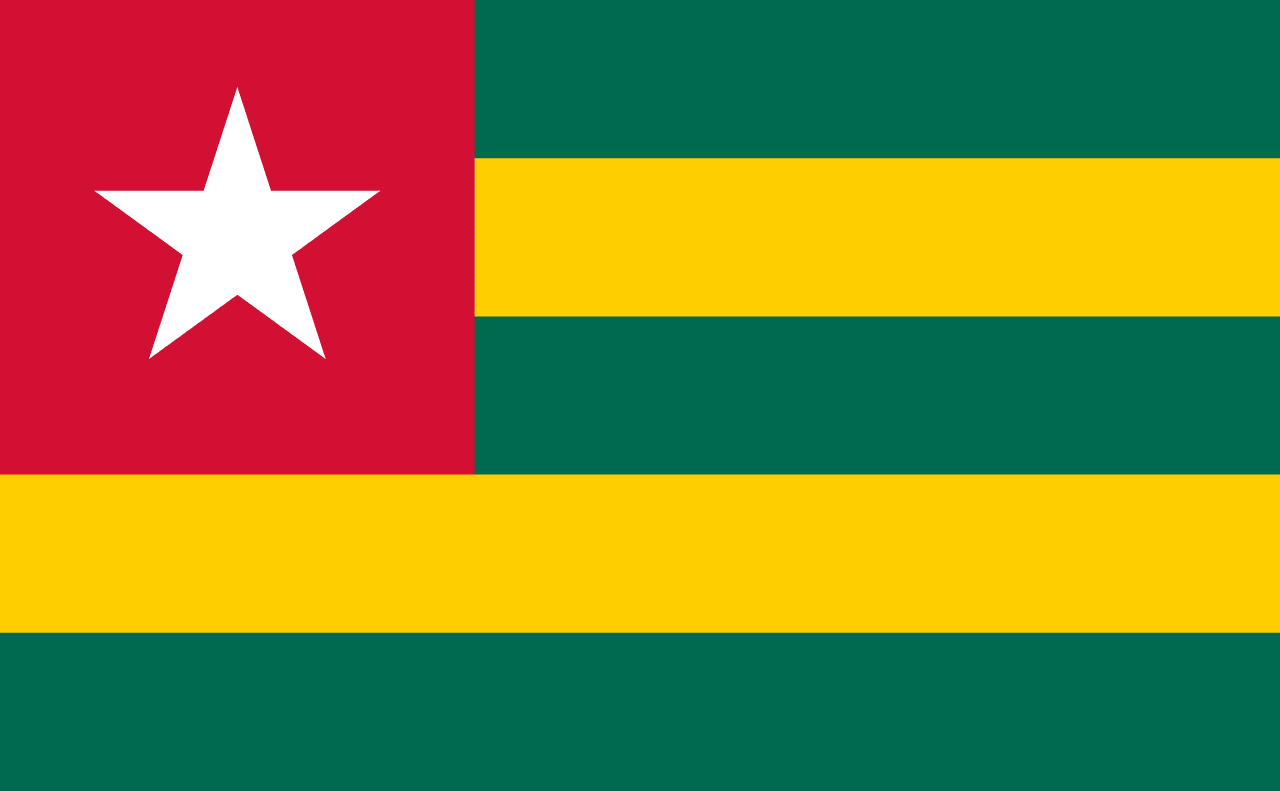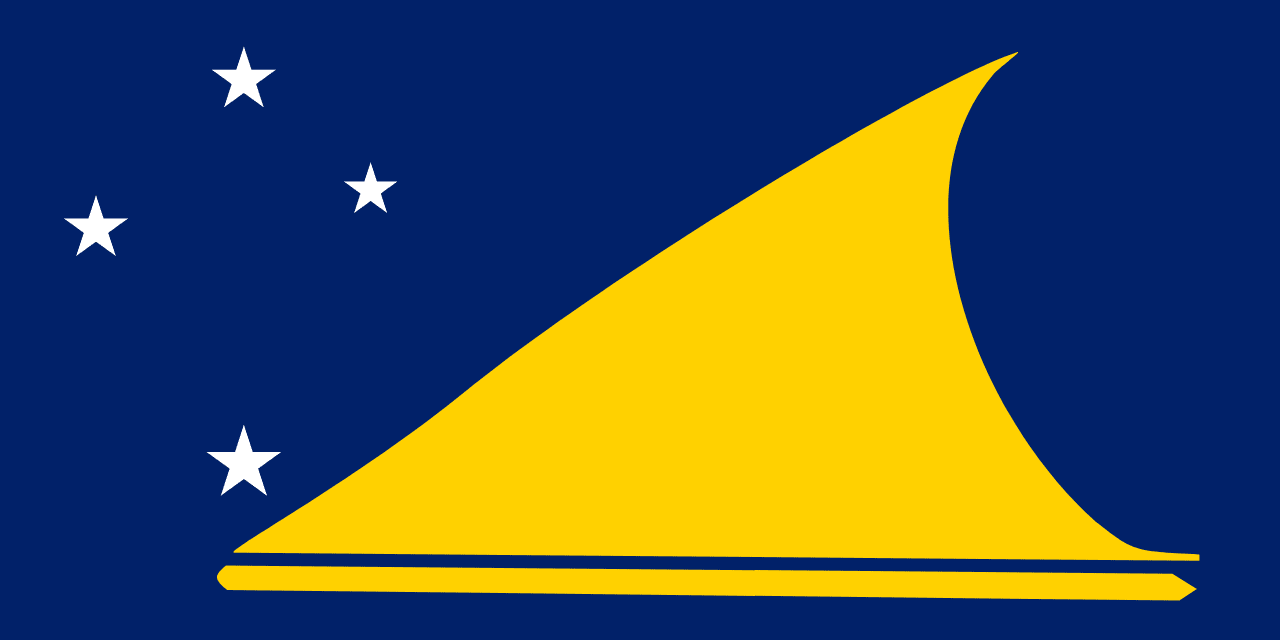The flag of Tonga, known as the "Pulotu Tonga," features a bold and distinctive design consisting of a red field with a white rectangle in the upper hoist-side corner containing a red Greek cross. This unique configuration represents the nation's Christian faith, cultural heritage, and sovereign status.
Tonga information
| National Flag Day | November 4th |
| Sovereign state | Yes |
| Official name | Kingdom of Tonga |
| Capital | Nuku'alofa |
| Population | 105,695 |
| Area | 748 km² |
| Currency | Tongan pa'anga (TOP) |
| Language | Tongan, English |
| Continent | Oceania |
| Region | Pacific Islands |
| Subregion | Polynesia |
| Borders | — |
| Timezone | Tonga Time (TOT) UTC+13 |
| Calling code | +676 |
| Top-level domain | .to |
History of the Tongan flag
 The Tongan flag was officially adopted on November 4, 1875, making it one of the oldest continuously used national flags in the world. Its design was conceptualized by King George Tupou I, who sought to create a symbol that would represent Tonga's Christian faith and independence. The flag has remained unchanged since its adoption, reflecting the stability and continuity of the Tongan monarchy and culture.
The Tongan flag was officially adopted on November 4, 1875, making it one of the oldest continuously used national flags in the world. Its design was conceptualized by King George Tupou I, who sought to create a symbol that would represent Tonga's Christian faith and independence. The flag has remained unchanged since its adoption, reflecting the stability and continuity of the Tongan monarchy and culture.
Symbolism and design of the Tongan flag
Each element of the Tongan flag carries deep symbolic meaning:
- The red field symbolizes the blood of Christ and the sacrifice made for humanity, reflecting Tonga's strong Christian heritage.
- The white rectangle in the upper hoist-side corner represents purity and virtue.
- The red Greek cross within the white rectangle symbolizes Christianity, which plays a central role in Tongan society and governance.
The design also bears a resemblance to the British Red Ensign, which may have influenced its creation, given Tonga's historical relationship with Britain as a protected state rather than a colony.
Usage and significance of the Tongan flag
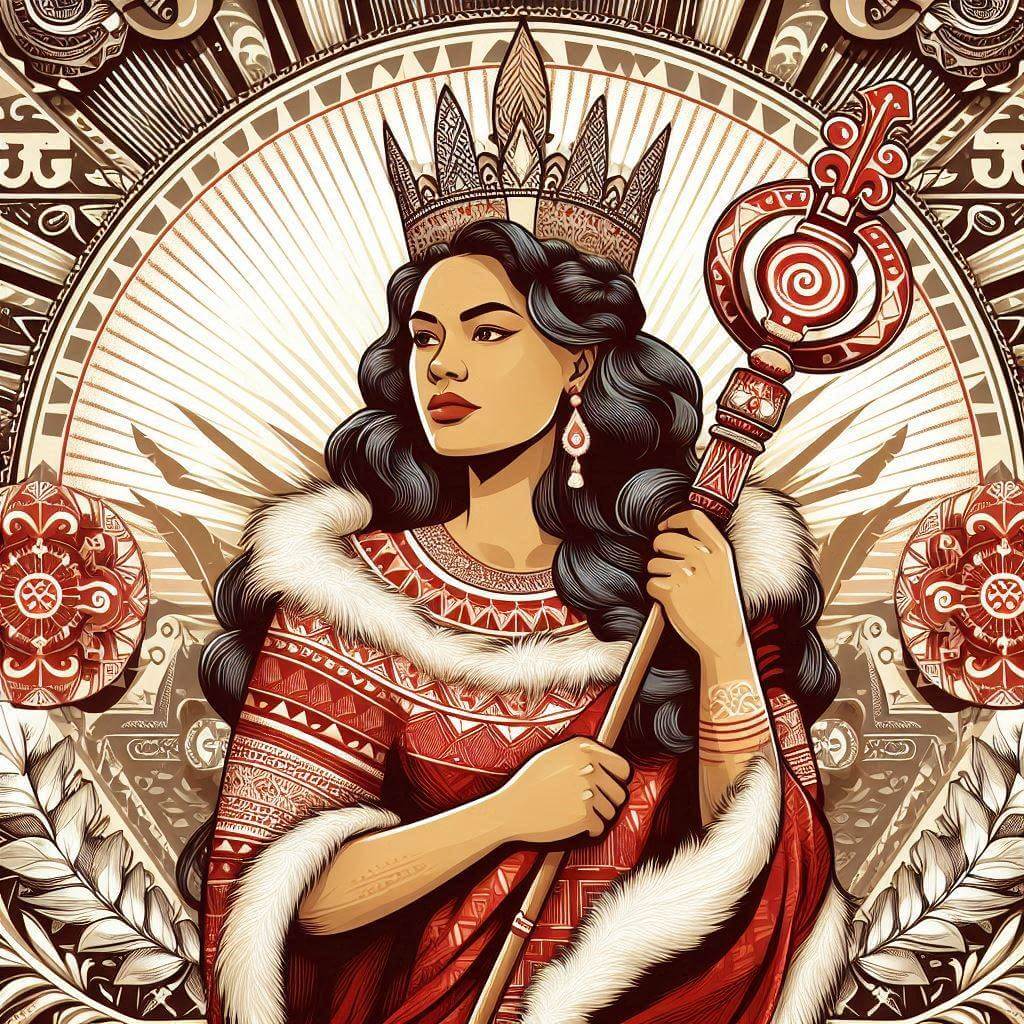 The flag of Tonga is a powerful symbol of national identity and pride. It is prominently displayed on government buildings, schools, and during national celebrations such as Emancipation Day (June 4th) and Constitution Day (November 4th). The flag serves as a reminder of Tonga's unique status as the only remaining Polynesian kingdom and its long history of independence.
The flag of Tonga is a powerful symbol of national identity and pride. It is prominently displayed on government buildings, schools, and during national celebrations such as Emancipation Day (June 4th) and Constitution Day (November 4th). The flag serves as a reminder of Tonga's unique status as the only remaining Polynesian kingdom and its long history of independence.
In international contexts, the Tongan flag represents the country at diplomatic events, United Nations gatherings, and global sports competitions. It embodies Tonga's sovereignty and its place in the community of nations.
Interesting facts about the Tongan flag
- Tonga is known as the "Friendly Islands," a name given by Captain James Cook due to the warm reception he received there in 1773.
- The Tongan flag is one of the few national flags that has remained unchanged for over a century, reflecting the nation's stability and adherence to tradition.
- The proportions of the Tongan flag are 1:2, making it slightly longer than many other national flags.
- Tonga's national anthem, "Ko e fasi 'o e tu'i 'o e 'Otu Tonga," is one of the oldest in the world, adopted in 1874, predating the official adoption of the flag.
- The Tongan royal family claims descent from ancient Polynesian gods, and the monarch holds a sacred status in Tongan culture, which is reflected in the reverence for national symbols like the flag.
